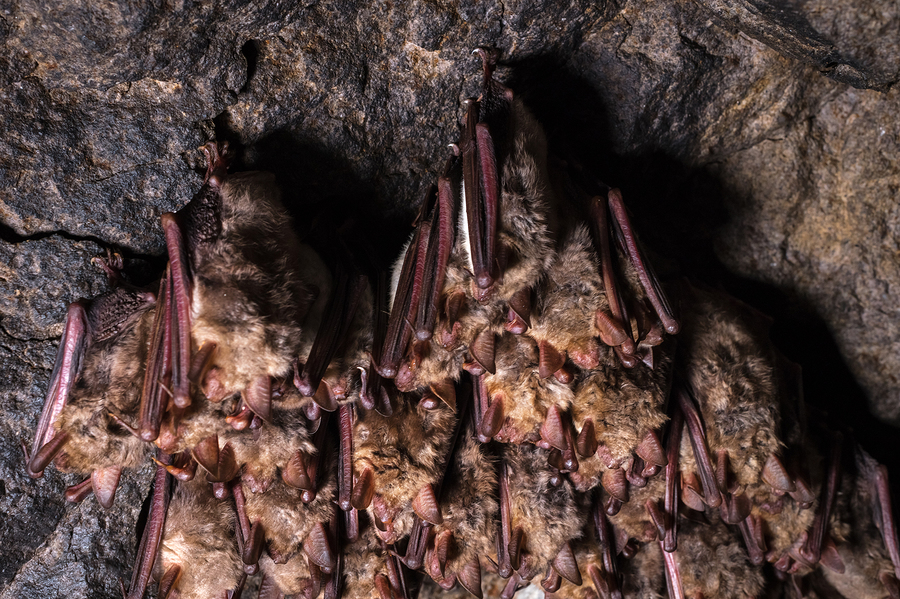From male courtship and mating behaviors, to female reproduction, bat pups, and more, the way bats make and raise babies is quite fascinating. Continue reading to learn interesting facts about male and female bats, and how they create bat families.

Bat Courting and Mating
It is quite common for male and female bats to roost together in large numbers. However, male bats are competitive when it comes to mating, so they tend to define their own mating territories within these large roosts, or at least close by. Mating season begins in fall, and male bats know exactly what it takes to find a partner. They display various courtship rituals and behaviors to attract female suitors. Mostly, they emit series of high-pitched vocalizations that travel far and wide within the roost. They are also known to do courtship dances by flapping their wings and moving about. Male bats will even mark their potential partners, or their territory, with their own glandular excretions.
Bat Reproduction
Bats are mammals, and have uterine pregnancies just like most other mammals do. What’s interesting is that bats reproduce very slowly compared to many other mammals in the world, as they generally give birth to one single offspring per year, usually in the spring. Some bats have 2 or more, but it is not common. The gestation period can be short or long, lasting anywhere between 40 days and 6 months! That is because some female bats delay the fertilization process of her eggs by storing the male’s sperm until spring.
Female bats birth their young hanging upside down. Once they emerge, the female bat catches their young and places them inside her pouch. Bat babies are referred to as pups, and get their nutrition by nursing their mother’s milk. In many species of bat, females in a roost will come together and raise their young together as a group. This provides added warmth and protection. By mid-simmer, between 6 and 8 weeks, bat pups are 95% grown and fully-independent. By this time, they can leave the roost to learn to fly and hunt for insects.
Bat Colonies
A large population of bats is known as a colony. Bats are not solitary in nature, and tend to remain in large groups with multiple roosts. Bat colonies can range from a handful of bats to millions, depending on where you are at in the world. Bats are also one of the longest living mammals of their size, living up to 40 or 50 years in nature. Unfortunately, many bat populations are being wiped out by land over-development and white nose syndrome.
Nuisance Bat Control
It is important to protect your home and property from nuisance bat colonies. Although bats are incredibly important to our planet and economies, they can be highly destructive. They can even pass along several infectious diseases and parasites to both people and pets. If you suspect that bats are a problem around your area, contact a local bat control company for assistance.
How to Safely and Quickly Stop a Nuisance Bat Problem in Virginia
Call Virginia Bat Pros at 804-729-9097 when you need prompt and professional Virginia bat removal and control you can afford. We use safe and humane methods to deliver effective 24 hour bat control for residential and commercial properties throughout Virginia. We serve all of Virginia, including Richmond, Petersburg, Short Pump, Lynchburg, Charlottesville, Norfolk, Chesapeake, Newport News, Virginia Beach, and all of their surrounding areas.

